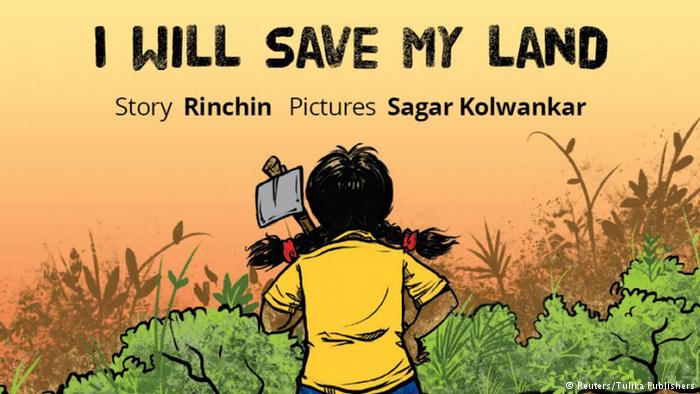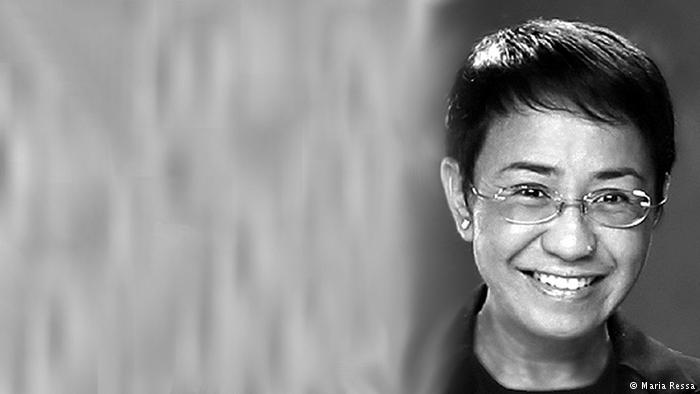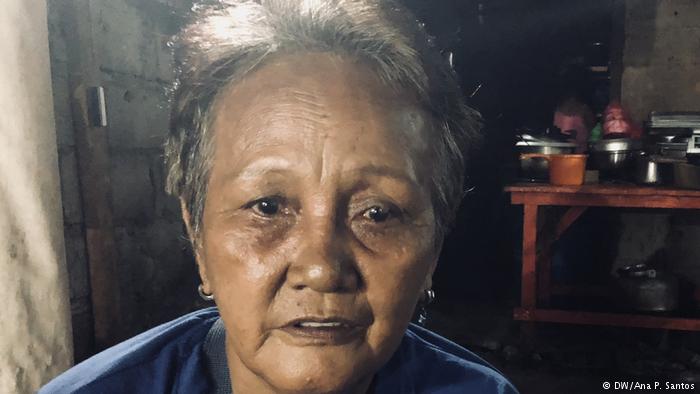Rebooting Mindsets to Get More Girls in STEM
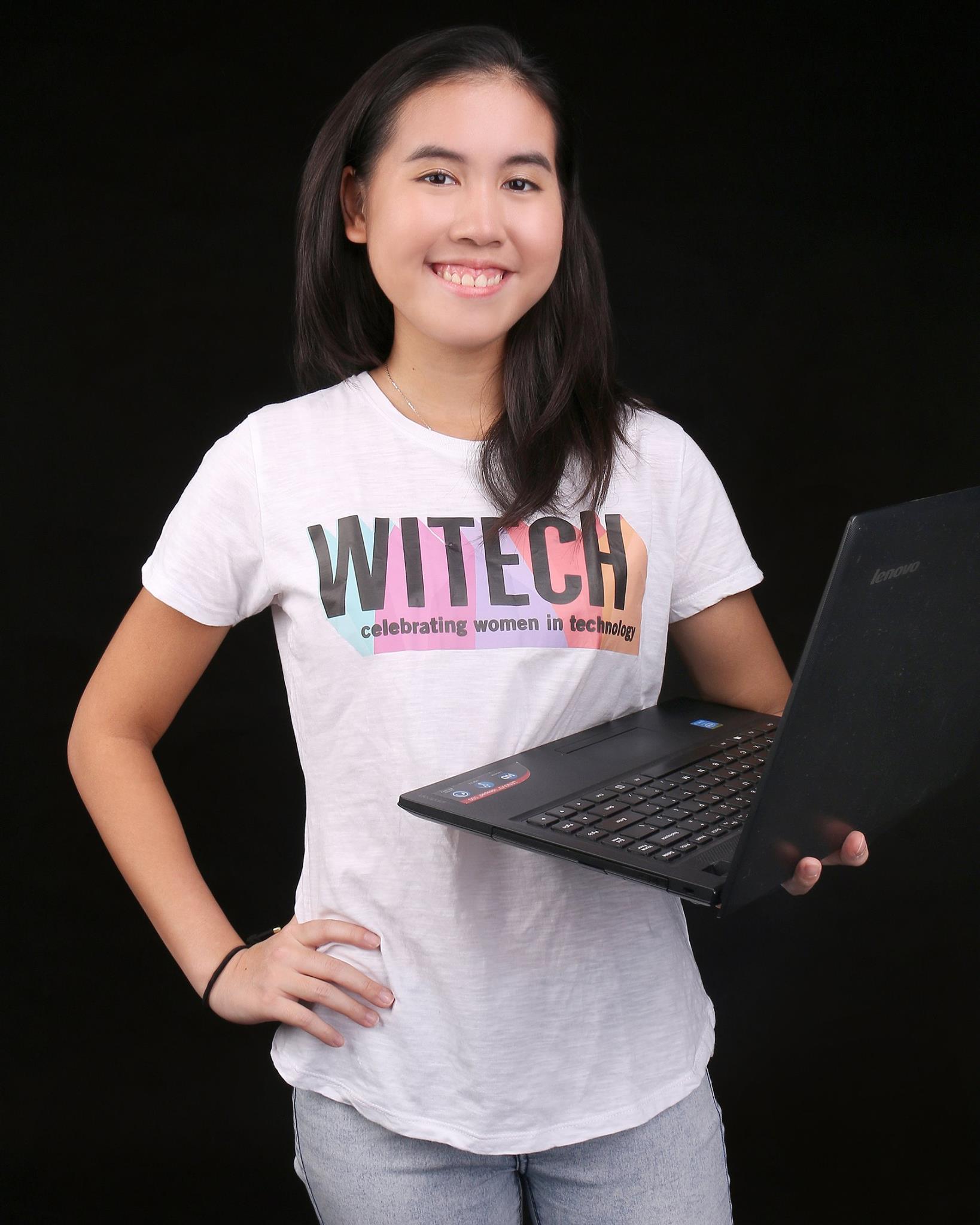
© Audrey Pe
Audrey Pe was 13 years old when she found herself smitten by series of letters such as HTML, CSS and other coding terms she learned about in class.
When she understood that all of the technology and social media we have at our disposal–computer software, apps, Facebook and websites–are made with code she became heady with fascination.
“Coding has so much potential to make a difference,” she enthuses today.
She proceeded to learn everything she could about coding through online classes. Her parents didn’t really understand code, but matched Pe’s enthusiasm with their support. They drove her to various tech events and encouraged her to immerse herself in her newfound passion.
But as she learned more about coding, she was also disheartened by the fact that there were very few women in the field. She felt their absence at all the tech events that she attended.
Inspired by Girls Who Code, a non-profit in the US that aims at closing the gender disparity in tech by organizing after-school clubs and summer programs where girls can learn coding,
Pe founded Women in Tech, a community organization that encourages young girls in the Philippines to take up tech and consider it as a career option.
She organized hackathons and conferences such as WITCON, the first women in tech conference organized by students for students in the Philippines. Most recently, with the support of her parents, she has sourced laptop donations and put together a team to teach code to students in Marawi, a city in southern Philippines that is still recovering from a takeover by ISIS-inspired militants last year.
Pe’s list of achievements is long and growing — and she’s only 18.
Philippines: potential for STEM and tech
On the surface, it may seem that there are not many barriers to entry in STEM for women in the Philippines.
A 2010 study by the Department of Science and Technology (DOST) showed that the STEM workforce is comprised of 54 percent men and 46 percent women. (In the US, women hold about 47 percent of all jobs yet only 24 percent in Science, Technology, Engineering and Mathematics (STEM)-related occupations.)
The Philippines by contrast ranks among the top 10 countries in the World Economic Forum’s Gender Gap Index and a recent study by the McKinsey Group has the Philippines leading the region when it comes to gender equality in the workplace.
But there is a problem in the sciences. UNESCO recommends a ratio of 380 scientists per million. The Philippines currently has an estimated 189 scientists per million. In contrast, neighboring Malaysia has about 2,100 scientists per million. The Philippines is estimated to need 19,000 scientists to be a STEM powerhouse, as estimated by one of the senators.
In the Philippines there are simply not enough science graduates and STEM courses are undersubscribed.
Reina Reyes, a Filipino astrophysicist, notes that there are barriers to entry in STEM fields for all Filipinos, both male and female. “There’s a lot to be done to encourage more Filipinos to pursue science, regardless of gender, place of origin, socioeconomic class.”
“Girls may be discouraged from pursuing science as a career because of many reasons. Their roles and responsibilities in the family tend to be more of an impediment to women’s career.”
Add to that, the socially accepted and prevalent notion that working overseas is a one way ticket to a better life and you have Filipino students choosing courses based on the demands of the international job market.
However, the government now acknowledges the need to encourage more enrollment in STEM courses and has drafted the Philippine Science Technology and Innovation Policy, which identifies “technology as the foundation of future economic development”. It has also launched an action plan focused on making the Philippines a global leader in information technology by developing its engineering, science and technology sectors and creating incentives for Filipino scientists working overseas to return to the Philippines and share their expertise.
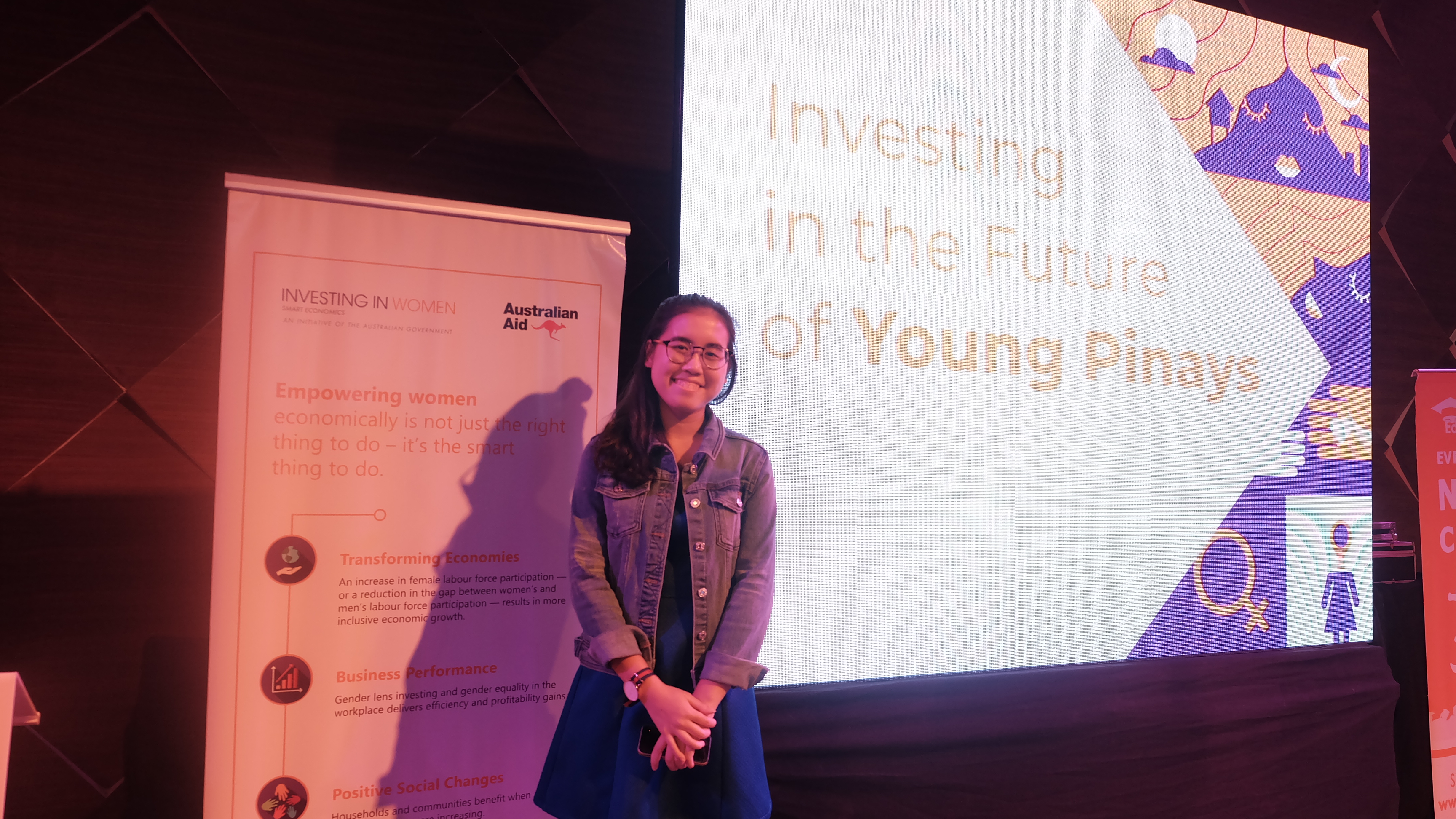
© Edukasyon.ph
Others are also contributing to the effort by focusing on psychological barriers that block girls from pursuing STEM careers.
Investing in the Future of Young Pinays, a campaign by website Edukasyon.ph in partnership with Investing in Women, an Australian government initiative, is working on helping young girls make education and career decisions that match their potentials.
As one of the Investing in the Future of Young Pinays Ambassadors, Audrey Pe will be speaking about WiTech and encouraging young girls to consider a career in the tech industry.
Not enough of a science culture
Ultimately though, the country needs to re-boot its thinking that traditional courses like nursing and business are the only surefire ways to maximizing earning potential. Parents also need to break away from dissuading girls from taking up STEM courses because they are not “for girls”.
“There isn’t enough of a science culture in the country. There isn’t enough appreciation for how amazing science is and how it can solve problems, particularly in a country like the Philippines that has rich bio-diversity and is disaster prone,” laments the 19-year-old Hillary Diane Andales.
She won an award for her video on the theory of relativity and has since become the government’s go-to speaker for promoting science to young students.
It is young female scientists like Pe, Andales and Reyes who are leading the change they want to see in the STEM field.
Pe started WiTech to make coding more accessible and inclusive, Andales at the time of my interview with her was on her way to a conference in Austria to speak about science communications and nuclear technology and Reyes, 34, started the Pinoy Scientists blog that regularly features Filipino scientists and the work they’ve been doing around the world.
Other initiatives include Start Them Young aimed at encouraging parents to think about STEM careers for their kids.
Pe is optimistic that with a soft nudge in the right direction to show them the way, more young girls will dream of a career in tech.
At one of the WiTech conferences Pe organized, two grade school girls named Mona and Munchkin stood out because they were as enamored with coding as Pe. Afterwards, Mona approached Pe and asked a bunch of questions about what she could do to learn more about coding. In many ways, she was a child version of the teenage Pe.
“Afterwards, Mona’s mom approached me to thank me for setting up opportunities like this to encourage young girls to get into tech. That made me tear up a little.”
Author: Ana P. Santos (act)




